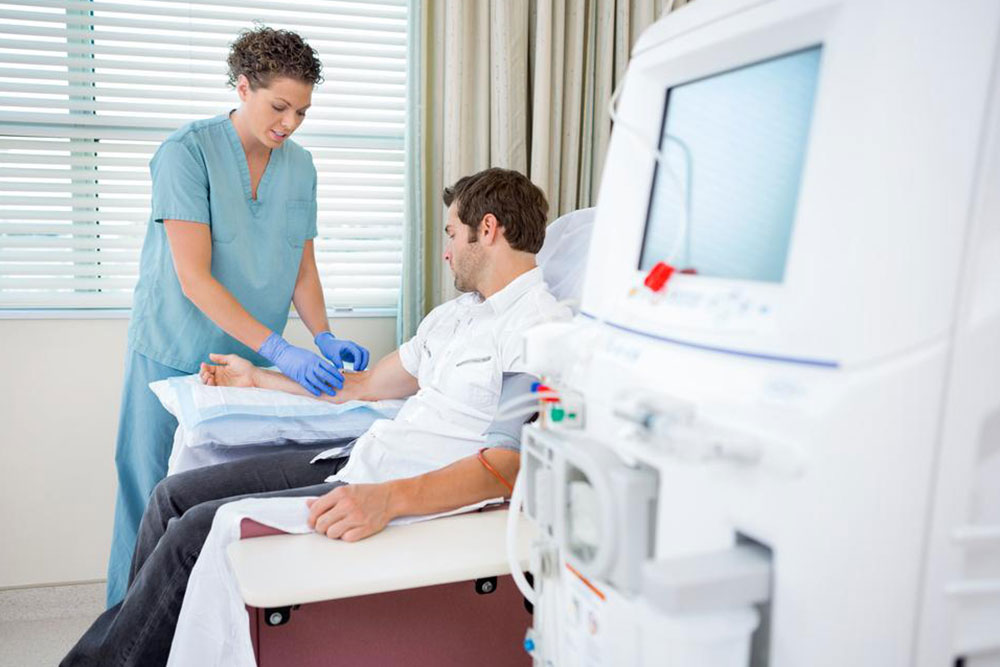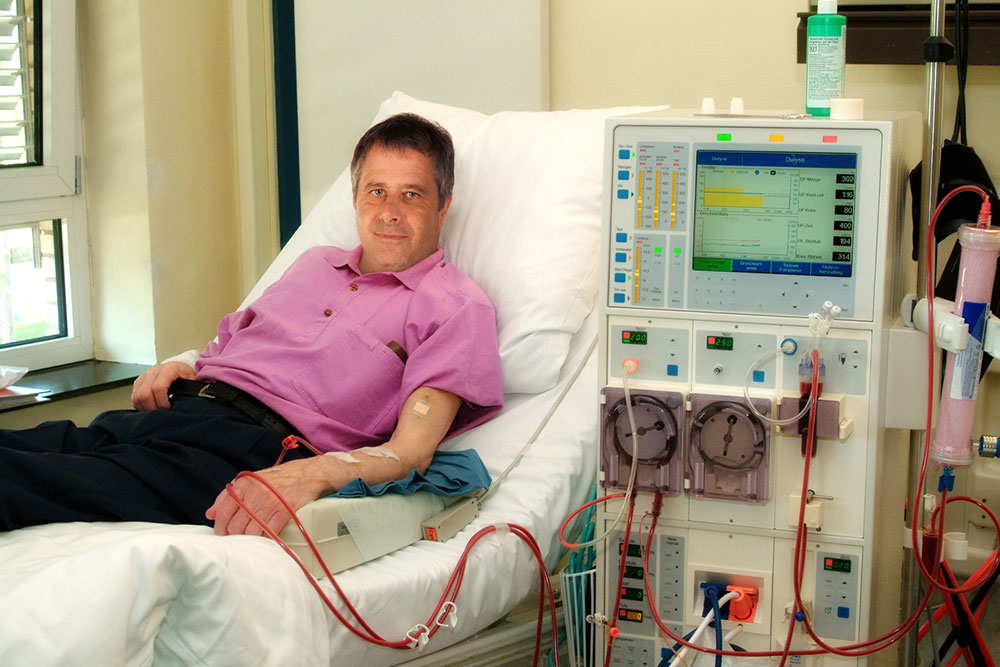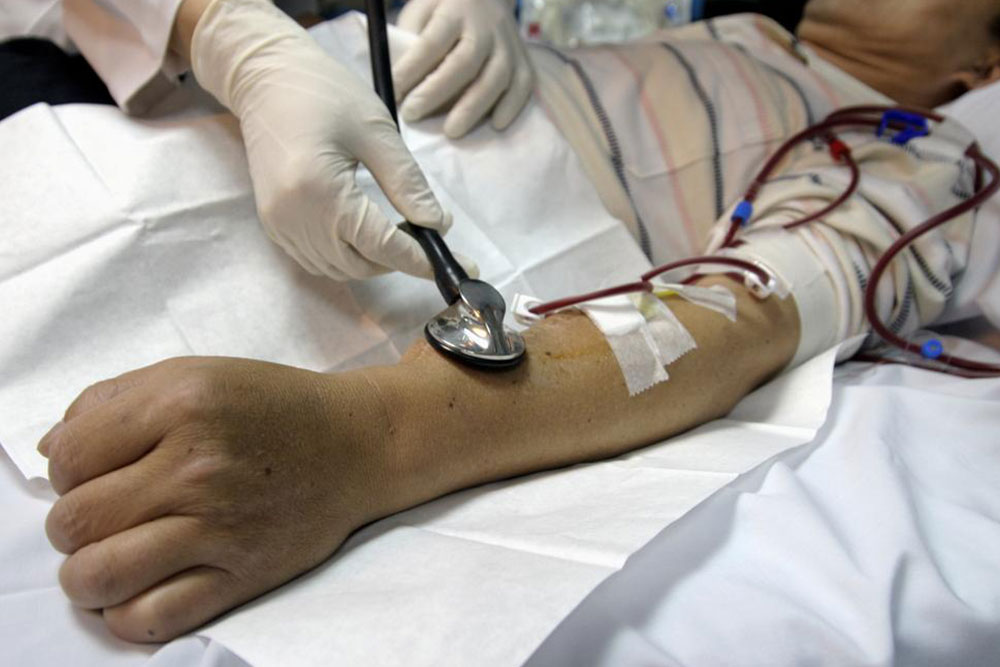Comprehensive Guide to Kidney Dialysis: Types, Procedures, and Essential Care
This comprehensive article explores the essential aspects of kidney dialysis, including its main types—hemodialysis and peritoneal dialysis—methods, equipment, access points, and their impact on patients' lives. It highlights recent advancements and future prospects in dialysis technology, aiming to improve patient outcomes and quality of life. Suitable for those seeking detailed medical information about kidney failure treatments, this guide provides a thorough understanding of this critical healthcare procedure.

Understanding the Various Kidney Dialysis Techniques and How They Work
The human body relies heavily on the kidneys, which play an indispensable role in maintaining overall health. These vital organs, situated on either side of the spine, perform complex functions such as filtering waste products from the bloodstream, regulating fluid levels, balancing electrolytes, and stimulating the production of red blood cells through a hormone called erythropoietin. When kidneys fail to perform their functions effectively due to illness or injury, it leads to the accumulation of toxins and other harmful substances that can jeopardize life. In such critical situations, kidney dialysis provides an essential life-sustaining treatment that artificially replaces the kidney's filtering function.
Kidney failure, also known as end-stage renal disease (ESRD), disrupts essential bodily processes. To manage this, medical professionals utilize dialysis procedures to cleanse the blood, remove excess fluids, and restore electrolyte balance. The two main types of dialysis are hemodialysis and peritoneal dialysis, each with unique approaches, advantages, and considerations. Choosing the most suitable method depends on the patient's medical condition, lifestyle, and personal preferences.
He explained: What is Hemodialysis?
Hemodialysis involves circulating the patient’s blood outside the body through a specialized machine called a dialyzer or artificial kidney. This device filters waste products, excess fluids, and toxins, returning clean blood back into the circulation. Typically, this process is performed in a healthcare facility three times a week, with each session lasting about three to five hours. Modern advancements have made hemodialysis more accessible and efficient, with various types of vascular access points to facilitate blood flow.
Access to the bloodstream is crucial for effective dialysis. Usually, this is achieved via surgically created fistulas or grafts that connect an artery to a vein, providing a reliable and durable conduit for blood flow. For patients who cannot undergo surgery, temporary catheters can be placed in large veins. Hemodialysis requires precise system management to ensure that the filtering process is effective and safe, including monitoring blood pressure, anticoagulation, and fluid removal rates.
Inside Peritoneal Dialysis: An Alternative Approach
Peritoneal dialysis offers an internal method of cleansing the blood, utilizing the patient's own abdominal cavity as a natural filter. This process involves filling the peritoneal cavity with a sterile dialysis solution through a catheter inserted into the abdomen. Waste and excess fluids pass through the peritoneal membrane into the solution, which is then drained and replaced. Patients can perform this method at home, often on a daily basis, providing greater flexibility and independence than hemodialysis.
The advantages of peritoneal dialysis include fewer dietary restrictions, a shorter or more flexible treatment schedule, and the ability to continue daily activities with less disruption. However, it demands meticulous hygiene to prevent infections such as peritonitis. The choice between peritoneal and hemodialysis should consider patient health status, lifestyle preferences, and potential risks associated with each method.
Access Points and Techniques for Dialysis
Successful dialysis depends on establishing reliable access to the bloodstream or abdominal cavity. For hemodialysis, options include arteriovenous fistulas, grafts, and central venous catheters. Fistulas, surgically connecting an artery to a vein, are preferred due to their durability and lower risk of infection. Grafts are synthetic tubes that connect an artery to a vein, generally used when fistulas are not possible. Temporary catheters are positioned in large veins, generally used in emergencies or while awaiting fistula maturation.
Peritoneal dialysis requires a surgically inserted catheter into the abdominal cavity. Proper placement and maintenance are essential to prevent infections and ensure effective dialysis. Regular monitoring and hygiene are critical, especially when performing exchanges at home. Patients and caregivers receive training to manage the process, including handling the dialysis solution, managing potential complications, and maintaining sterility.
Longevity and Lifestyle Considerations
While dialysis is a life-saving procedure, it is often a long-term commitment that significantly impacts patients’ daily routines and quality of life. Regular treatments can extend lifespan and improve symptoms associated with kidney failure, but they also come with challenges such as dietary restrictions, medication management, and emotional adjustment. Advances in dialysis technology and patient-centered care aim to improve comfort, reduce complications, and enable patients to lead active lives.
Optimizing dialysis care involves a multidisciplinary approach, including patient education, nutritional counseling, and regular medical checkups. Some patients may eventually require a kidney transplant, which offers the possibility of a more permanent solution. Nonetheless, dialysis remains a critical component of comprehensive kidney failure management, vital for millions of patients worldwide.
Emerging Developments and Future Directions in Dialysis Therapy
The field of dialysis continues to evolve with technological advancements aimed at enhancing efficiency, safety, and patient comfort. Research focuses on developing more biocompatible and less invasive devices, portable dialysis machines that could allow continuous treatment, and bioartificial kidneys that mimic natural kidney functions more closely.
These innovations promise a future where dialysis could become more integrated into everyday life, reducing the burden on patients and healthcare systems. Personalized treatment plans and remote monitoring technology are also expanding access and improving outcomes. As research progresses, the hope is to make kidney failure management more effective, less invasive, and increasingly life-enhancing.




